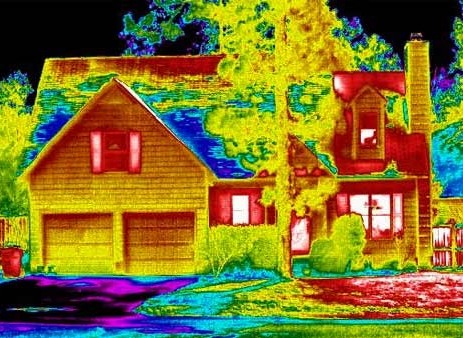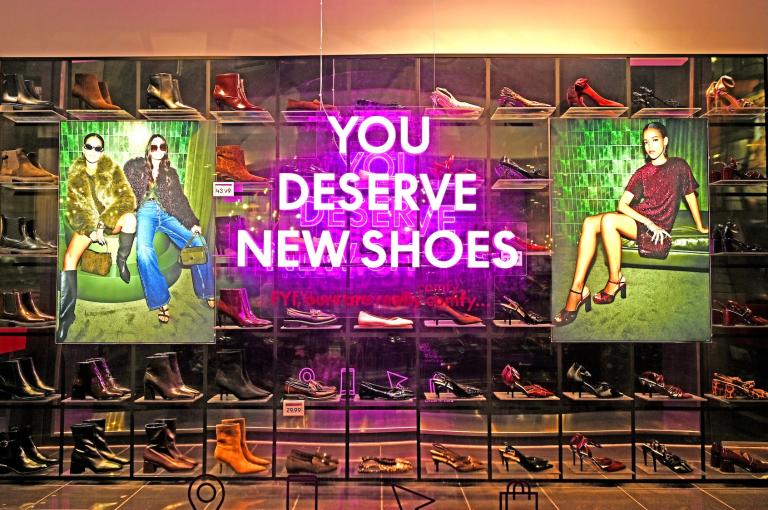A couple weeks ago, I wrote a post on behavior change that prompted a lot of great feedback and discussion. I’ve picked out a few interesting bits and pieces from the thread to highlight and respond to.
First, reader djones is perplexed:
I can understand that a belief in anthropogenic climate change might not induce a person to ride a bike to work and that there are better ways to motivate a person to commute by bike.
But I do not understand how getting a person onto a bike … will necessarily lead to a belief that humans are causing climate change and that serious mitigatory action is necessary.
The right way to think about this is not as a behavior leading to a belief, but as a behavior leading to other behaviors. Saying “I believe in climate change,” to friends or pollsters, is itself a form of behavior, embedded like all others in a social context. It would be nice if more people engaged in that behavior, but when you think about it, it’s hardly the top priority. It would be far preferable if an equal number of people insulated their homes, ate local food, used public transit, formed solar purchasing pools, and most of all, voted for politicians with ambitious clean energy policies. What will make those behaviors more common? Figuring that out is painstaking work, that’s the work, not “creating beliefs.”
Moving on, reader Nick Cooney — who, as it happens, is the author of a book called Change of Heart: What Psychology Can Teach Us About Spreading Social Change — offered this anecdote:
A nutrition non-profit I used to work for put this idea into action in the following way: Instead of just trying to educate students about nutrition through classroom presentations, they had the students cook and prepare healthy meals during lunchtime, after school, and in some presentations. The students picked up bits of info while preparing the food, but most importantly they switched their behavior. Now it was easier for them to see themselves as “the sort of person who cares about eating healthy,” which helped ingrain that message in them in a way that classroom presentations never would have done.
I like this example because it highlights something I forgot to mention in the original post, which is that young people are (obviously) much more amenable to behavior change. As they get older and their identities and commitments harden, they become more and more difficult to move. Children who grow up in a milieu in which their peers and trusted authority figures take the climate challenge seriously will develop habits of action and thinking that last a lifetime.
Here’s a video interlude:
Reader dalbert shared a tale of how changes in workplace behaviors can sink in over time:
I toured a “green” retreat and conference facility in a conservative rural area. We were there to see the green construction features, but I was most impressed with how knowledgeable and committed the staff was to conserving materials and energy. The facilities person who I talked to said when he first got there, it took a while for him to figure out the recycling, and the green cleaning products, but now he does all these things at home. Although what management was requiring was new to the employees, they were persistent and consistent in training and mentoring each employee. Once the people who worked there understood the principles, they became creative about applying them in new ways to conserve materials and energy. There was no need to tell employees exactly what to do, or enforce rules — they were coming up with their own ideas for improvement. They were also taking their new way of thinking home with them.
Workplaces contain captive audiences, which makes them, like the military, ideal propagators of behavior change. If owners and managers can be persuaded of the importance of sustainability practice, they are well-positioned to do the patient work required to propagate the right habits to the rest of the company. To me this is the unheralded potential of “green jobs” — not so much what the employees are doing but the effect that it has on them, their families, and their communities. It normalizes clean energy.
This is also, incidentally, one of the unsung benefits of the dread “command-and-control” government regulations. They can kickstart changes in business that become self-sustaining and self-propagating over time.
Reader christyj shared a story that might as well appear in a social psychology textbook:
The church buys gift cards to a variety of stores, including grocery stores, at a discounted rate, sells them at face value, and keeps the profit as a fundraiser. … it requires that people change their behavior and buy the giftcards from the church, rather than just go to the store and get their groceries. …. After many years of this program in my church, only a tiny percentage of the members participate in earning free money for the church. What to do?
Well, there is a local grocery store that offers RELOADABLE giftcards. … 5% goes directly to the church in a check that is cut at the end of the month.
Someone got the brilliant idea of GIVING AWAY $5 reloadable grocery cards to every family in the church. All they were asked to do was to keep reloading and using the gift card whenever they went to that grocery store. In one month’s time, our monthly check went from $700 to $3000.
A couple of things going on here. First, I’m reminded of a chapter in Dan Ariely’s Predictably Irrational on the extraordinary power of “free!” We will often do things we don’t want to do, buy things we don’t need, if something free (like a $5 gift card) is attached. The church used the power of free to get people to use the card the first time. Then shopping with the card became the norm, the default choice, for a substantial chunk of the congregation.
This is something Richard Thaler and Cass Sunstein discuss at length in Nudge. Their favorite example is 401K programs. If they are opt-in, participation is anemic. If they are opt-out — if enrolling is the default choice — participation skyrockets. (I’ve always thought utility green power programs should work like this.)
Christyj asked, “How do we get an even greater number [of congregants] to change this simple habit?” What do you think? Leave ideas in comments.
Here’s another video interlude:
Reader MimiK mentions some intriguing research:
Hook up an actor to reveal his brain patterns and let him recite lines from Hamlet. Bingo, his brain chemistry lights up in classic pattern of clinical depression. Acting AS IF he is Hamlet … the actor’s brain actually mimics the chemistry of the depressed Hamlet.
Ask that same actor to recite lines from Molière, and voila jolie homme! He is happy.
This, of course, is the essence of “fake it ’til you make it.” Alcoholics Anonymous forces people to go through the motions — pray to a higher power, apologize to people, attend the meetings — even if they don’t feel it or believe it. The program recognized early on that forcing people through positive behaviors eventually leads their brain chemistry to follow suit.
The same is true for recycling,
carpooling, or energy-efficiency programs in businesses or communities. Get people to do something different a few times, make it pleasant, and new habits form.
Reader marshall highlights something important I didn’t mention in my post:
You are right that behavior change can motivate change in viewpoints, But looking at research on cultural cognition (http://www.culturalcognition.net/), it’s also clear people are more likely to listen to arguments presented by someone they feel agrees with their basic worldview and values. … I think we need to get thought leaders in conservative and religious circles talking about this issue, because they can convince people who won’t give you or me the time of day.
This is exactly right. On social psychologist Robert Cialdini‘s list of six “weapons of influence,” two are related to this. One is authority. (The research on how quickly and easily people accept what they’re told by authority figures is actually kind of creepy.) The other is “liking,” that is, people are more influenced by those they like.
Remember, the model here isn’t that someone goes to trusted authority figures, gets the information, mulls it over, and “forms a belief.” Rather it’s that people seek to emulate the behavior of trusted authority figures; evincing concern over climate and energy is a social act.
I used to be pretty skeptical about the perpetual search for non-enviro spokespeople to state the simple facts of climate change. Facts are facts, right? But no, they aren’t, and that’s a terrible, ineffective way of thinking. Facts are not facts irrespective of their social context. If conservatives are to take up clean energy, it won’t be because liberals tell them they are wrong (i.e., attack their tribe). It will be because trusted conservatives show that clean energy is in keeping with the conservative tribe’s existing commitments. “People like us care about clean energy.”
Where are the conservative leaders with the courage and foresight to play that role? Until there are enough to form a critical mass, American politics will remain stuck.
Anyway, thanks again to everyone who read the post and especially those who joined the discussion. I hope it will be ongoing. To send you off, here’s a final video:




